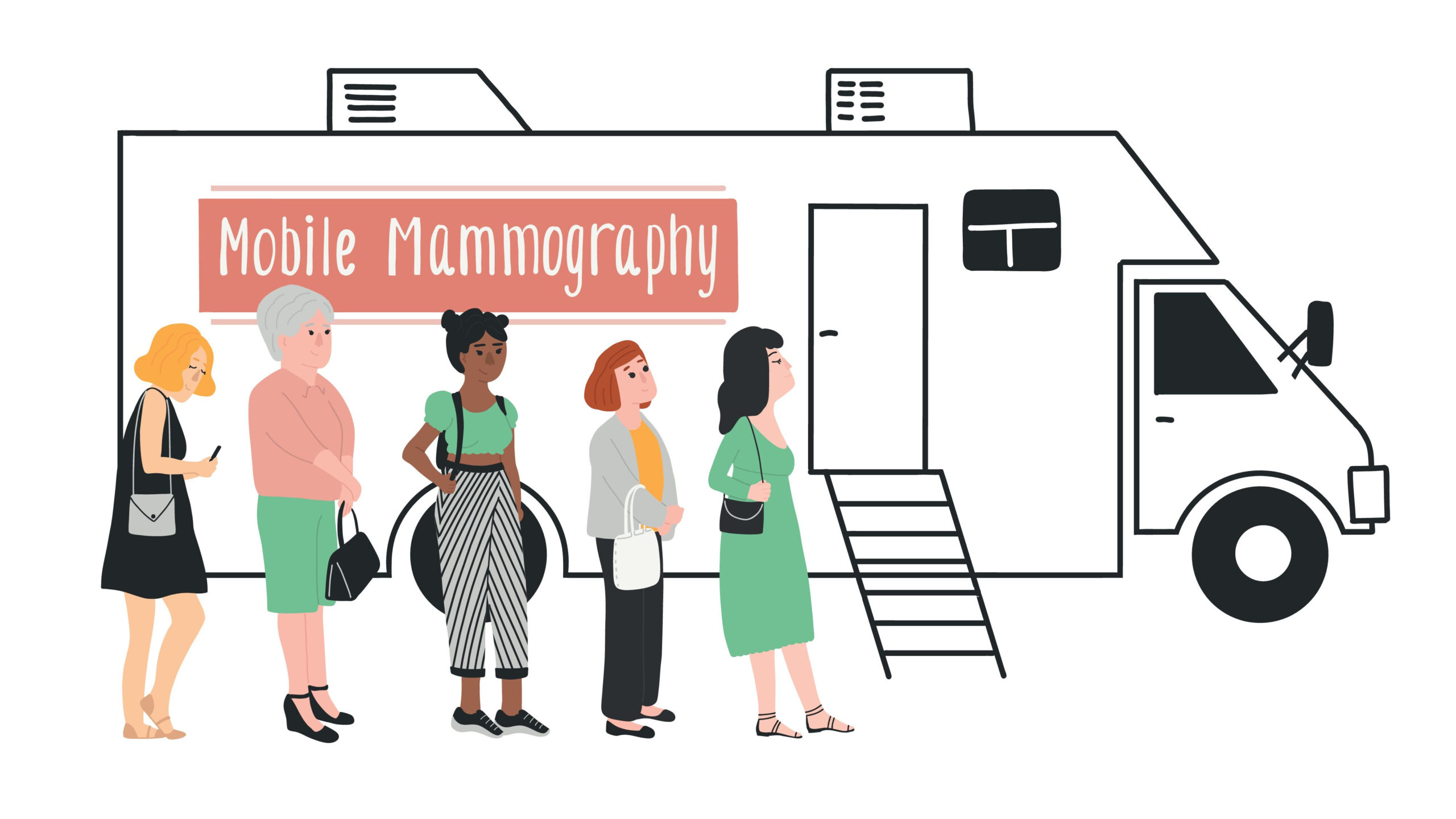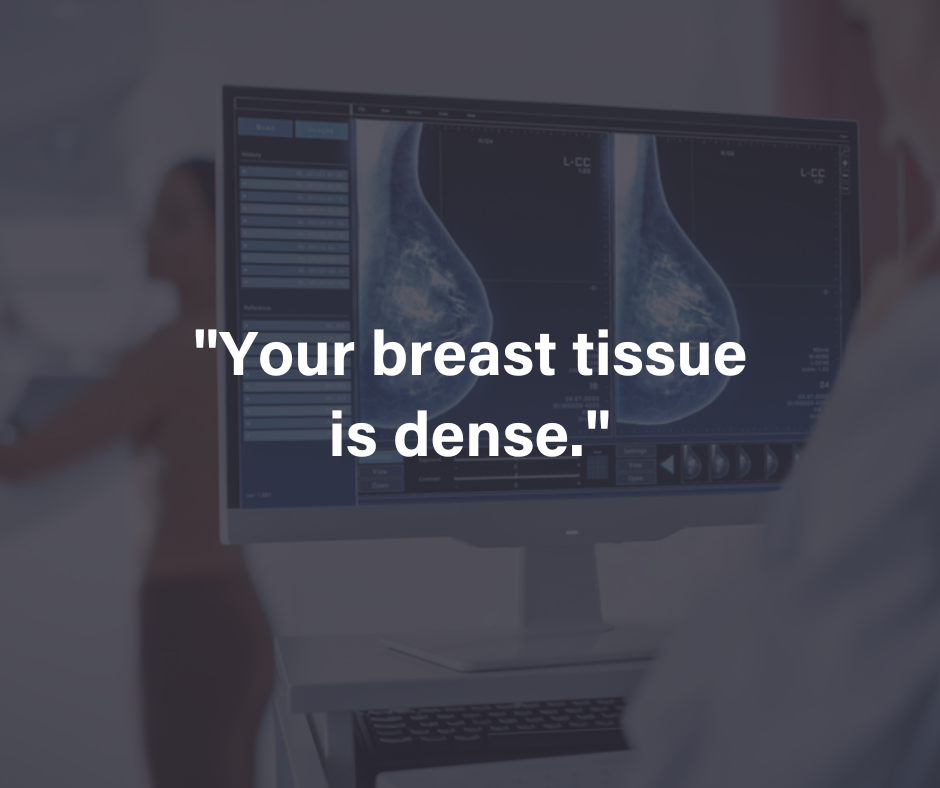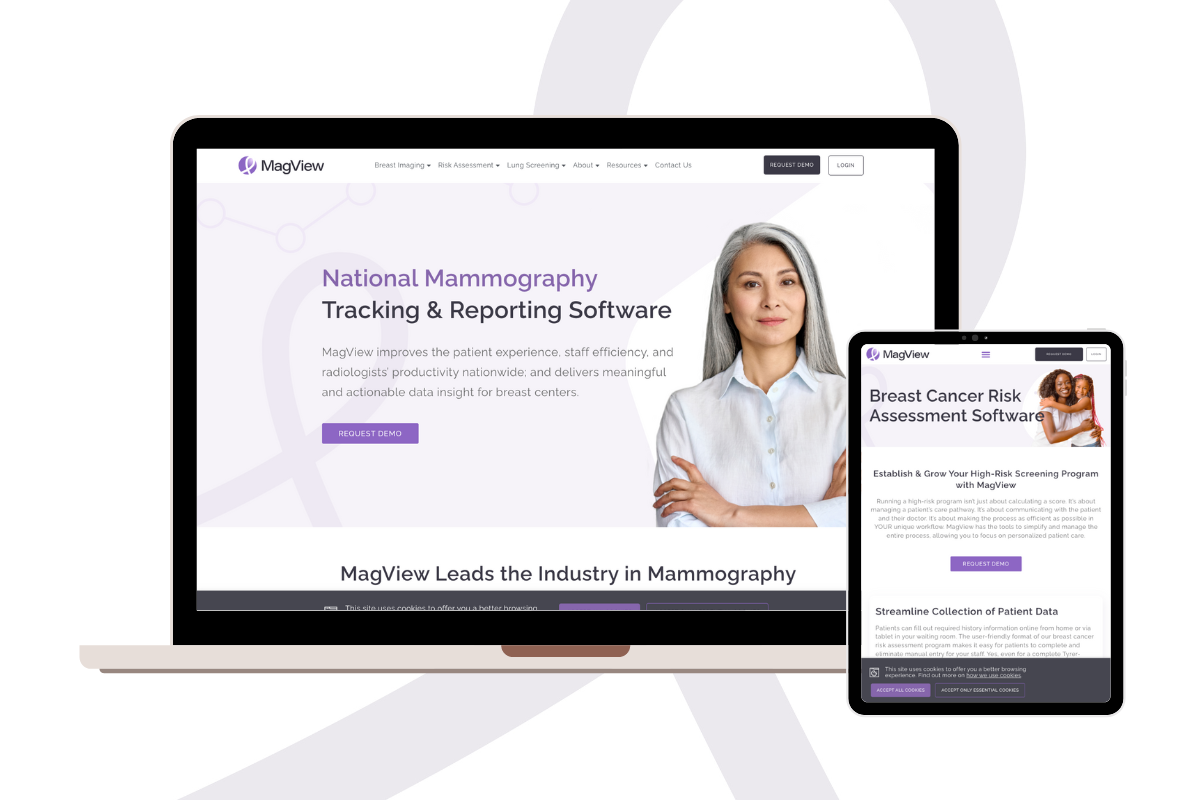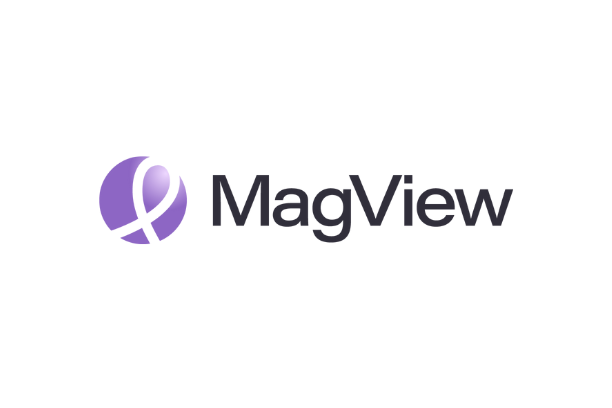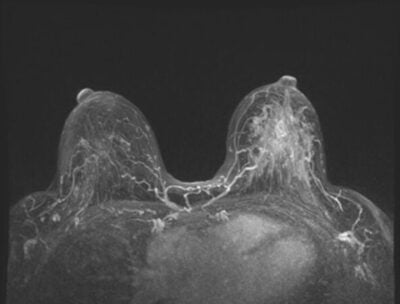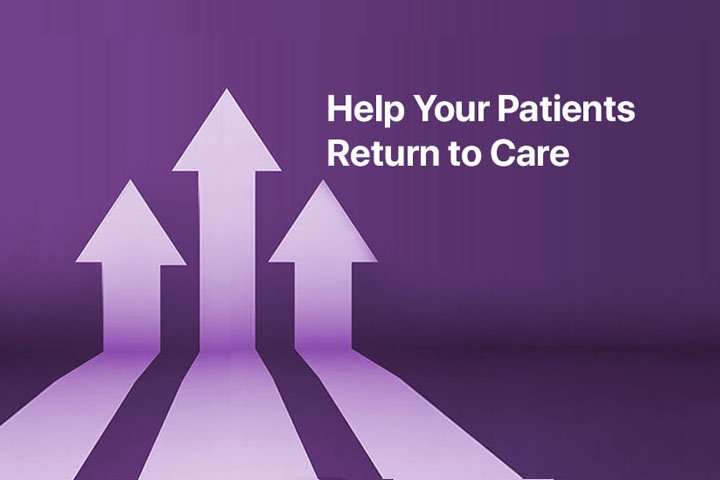Breast cancer rates among young women are on the rise. That’s according to Breast Cancer Statistics, 2024, a report recently released by the American Cancer Society (ACS). Although overall breast cancer mortality continues to fall, ACS says there is a concerning trend of increased breast cancer incidence — particularly among women under 50. Such findings underscore the need for effective breast cancer risk tools that can help identify high-risk patients wherever they receive care — including Obstetrics and Gynecology (OB-GYN) settings.
In this post, we’ll explore how OB-GYN providers can play an important role in breast cancer prevention by utilizing risk assessment tools.
Recognizing the importance of early detection and personalized care
Risk Assessment ToolsThe Growing Importance of Breast Cancer Risk Tools for OB-GYNs
Commenting on the ACS report findings, Victoria Wolodzko Smart, senior vice president of Mission at Susan G. Komen underscored the critical need for assessing breast cancer risk.
“This data confirms the need for women of all ages to know their personal breast cancer risk so that they can have informed conversations with their health care providers about the screening plan that’s right for them,” Smart said. “Even though the average age at breast cancer diagnosis is 62, breast cancer affects people of all ages. We need to change the conversation around early detection so we’re doing more to find the young women who are at higher risk and ensure they get the care they need, without financial barriers.”
In the past, healthcare providers faced conflicting information about when breast cancer risk assessment should begin — potentially creating missed opportunities to identify women who may be high risk.
However, in May 2023, the American College of Radiology® (ACR®) provided more clarity around the issue, announcing risk-based breast cancer screening recommendations that recommend all women have a risk assessment by age 25 to determine whether they should start screening earlier than age 40. The ACR emphasized that earlier screening is especially important for Black women and women of Ashkenazi Jewish heritage.
“The ACR continues to recommend annual screening starting at age 40 for women of average risk, but earlier and more intensive screening for high-risk patients,” according to the announcement.
“The latest scientific evidence continues to point to earlier assessment as well as augmented and earlier-than-age-40 screening of many women — particularly Black women and other minority women,” said Debra Monticciolo, MD, FACR, primary author of the new guidelines and division chief, Breast Imaging, Massachusetts General Hospital, Boston. “These evidence-based updates should spur more-informed doctor-patient conversations and help providers save more lives.”
In this light, early intervention is key — and OB-GYN providers can play a critical role by conducting breast cancer risk assessments within their own settings.
Breast cancer risk tools: The important role of OB-GYN providers
Breast cancer risk assessment is the new standard of care in women’s health — and the ACR, SBI, NAPBC, NCCN, ACOG and ASBrS all champion its importance. As an OB-GYN provider, you play a critical role in the early identification of women at high risk to enable personalized care plans that include more frequent screenings, genetic counseling, and preventive measures.
Of course, educating patients on the importance of breast cancer risk assessment is a key part of the process — as is close collaboration with breast centers to ensure patients are receiving the appropriate screening for their unique needs.
There are many benefits to using breast cancer risk tools in the OB-GYN setting — including personalized screening plans and better patient outcomes. And it may be easier than you think to integrate these tools into your practice. Learn how to seamlessly implement breast cancer risk assessment. After all, you’re likely already collecting much of the information that’s needed, and patients can complete their histories online before their visit — or perhaps you can offer a QR code at the front desk so they can do that in the waiting room.
How OB-GYNs Can Easily Implement Breast Cancer Risk Tools
Recognizing the importance of early detection and personalized care, MagView launched Luminary Risk — a stand-alone software for high-risk breast cancer screening — in November 2023. Developed in response to the limitations of EHR systems in assessing breast cancer risk, Luminary Risk provides breast imaging centers with an integrated and comprehensive solution for assessing patients’ risk for breast cancer. Luminary Risk incorporates leading assessment models like the Tyrer-Cuzick model to provide accurate risk stratification for OB-GYNs. Learn why Tyrer-Cuzick is the model of choice.
Now, MagView has taken this offering a step further with Luminary Risk Provider, a clinically licensed breast cancer risk assessment tool for healthcare providers — including OB-GYNs.
With Luminary Risk Provider, you can seamlessly integrate the Tyrer-Cuzick, NCI, and BRCAPro risk models into your practice, ensuring that your patients receive the most accurate and comprehensive risk score. Unlike basic online risk calculators, Luminary Risk Provider offers OB-GYNs an advanced, clinically licensed solution for precise, actionable risk assessments and simple worklists to help you manage your high-risk patients.
With Luminary Risk Provider, you can offer breast cancer risk assessment in three easy steps:
- Effortless patient history collection: Our easy-to-use platform allows patients to share their medical history from the comfort of their homes or in your office. This vital information helps assess their risk and craft a personalized care plan.
- Accurate risk-score calculation: Luminary Risk Provider processes the collected patient history to produce a precise risk score. This clinically licensed tool ensures that you have a reliable basis for making informed decisions about your patient’s breast health.
- Personalized breast screening care plans: Every patient receives a detailed care plan tailored to their risk level. High-risk patients may need supplemental screening beyond a mammogram or qualify for genetic counseling. This care plan helps you guide them through these recommendations.
Enhance Patient Care with Advanced Breast Cancer Risk Tools
Incorporating Luminary Risk Provider into your patient visits is a game changer in the fight against breast cancer. With the latest, most reliable breast cancer risk tools, your OB-GYN practice can proactively identify high-risk patients and guide them toward early intervention and a better, healthier future.

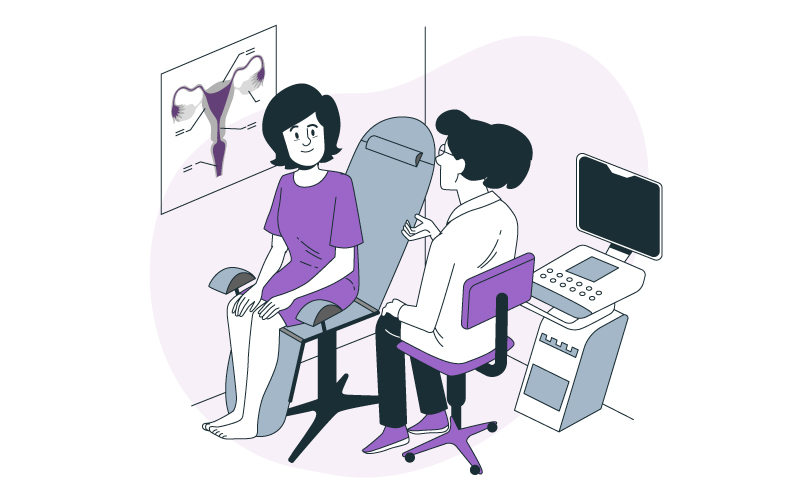





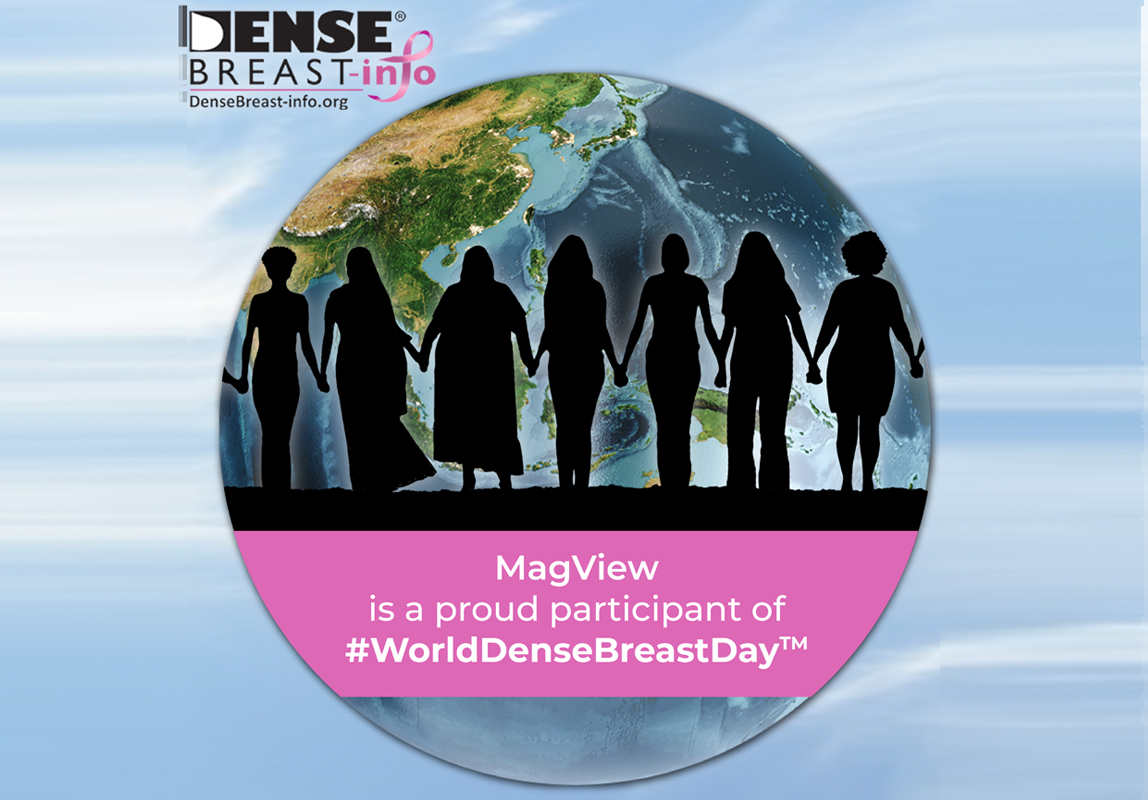
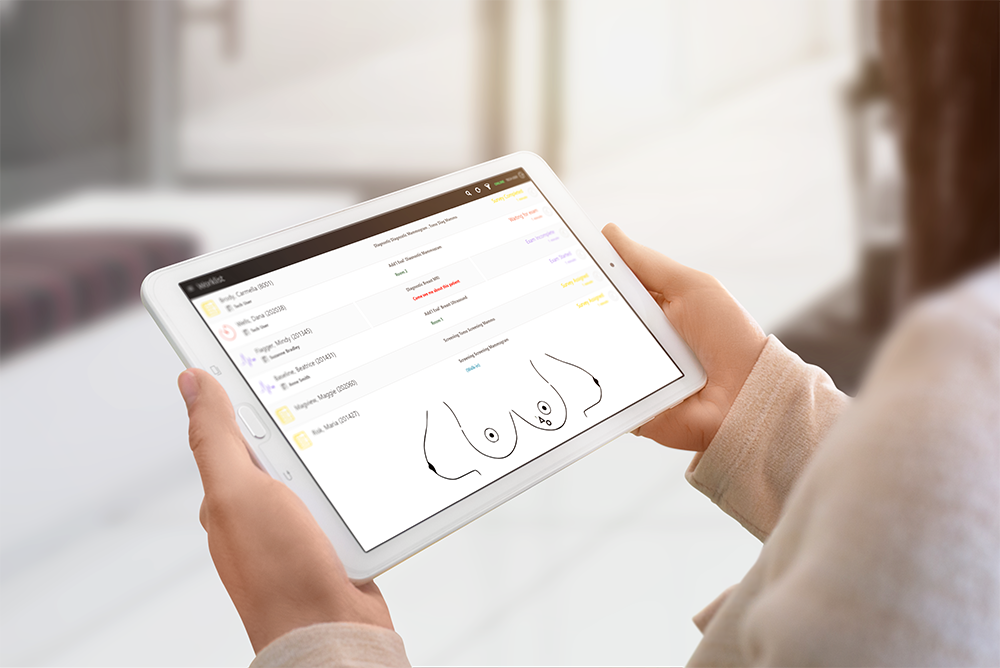

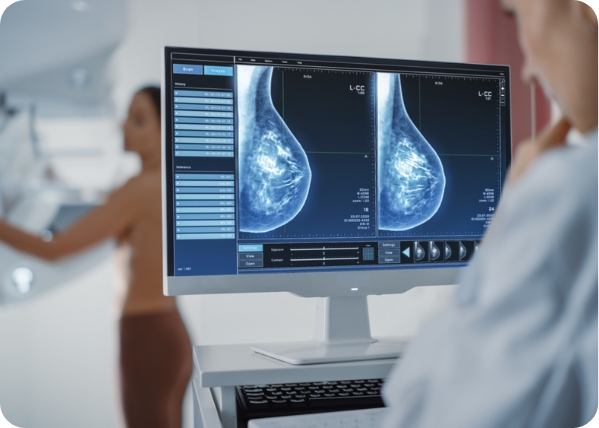

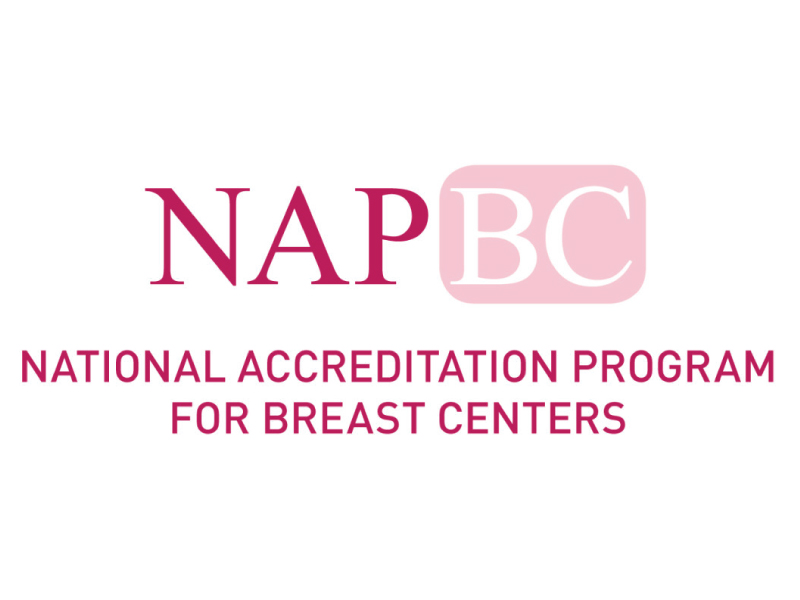
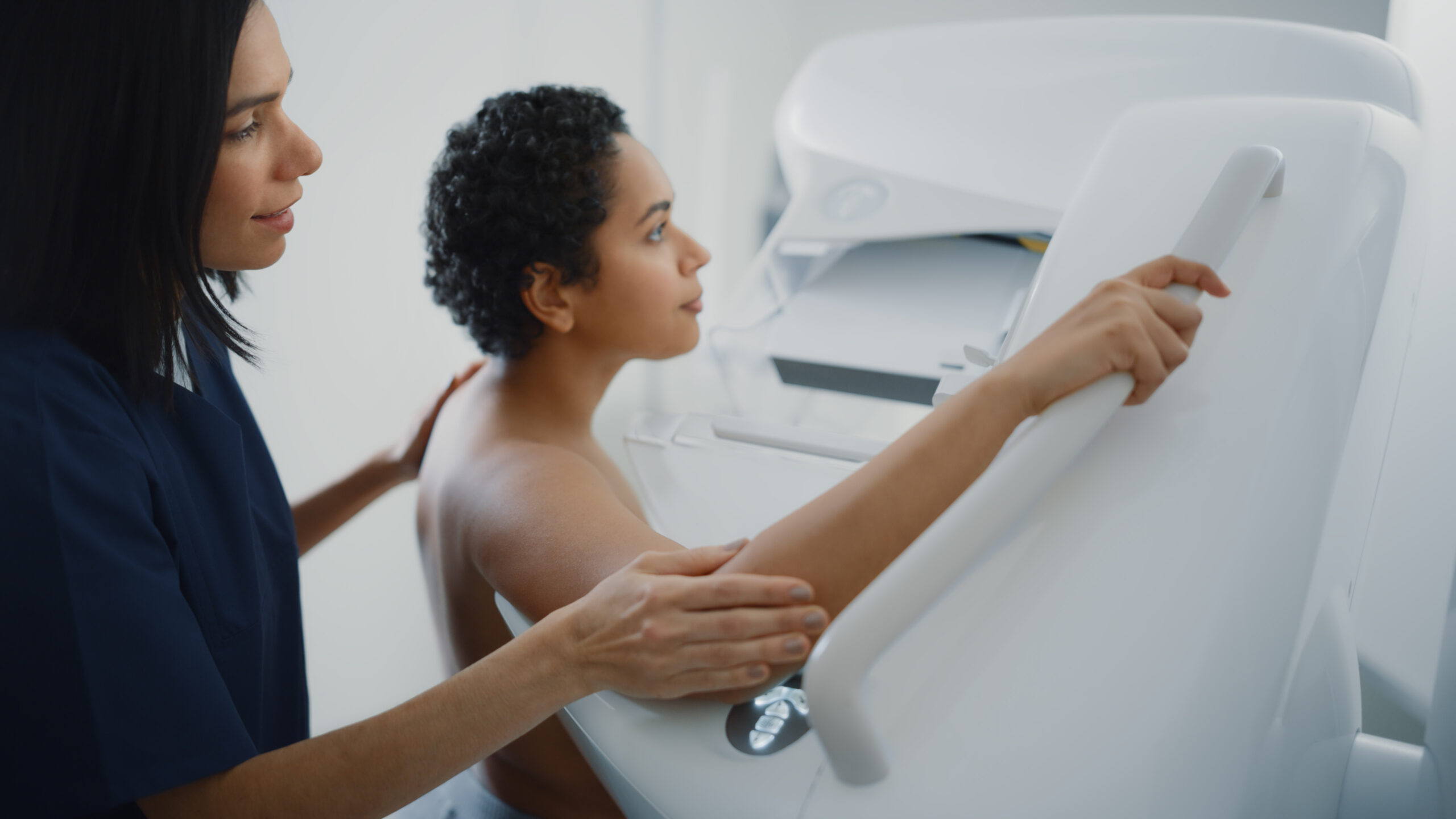
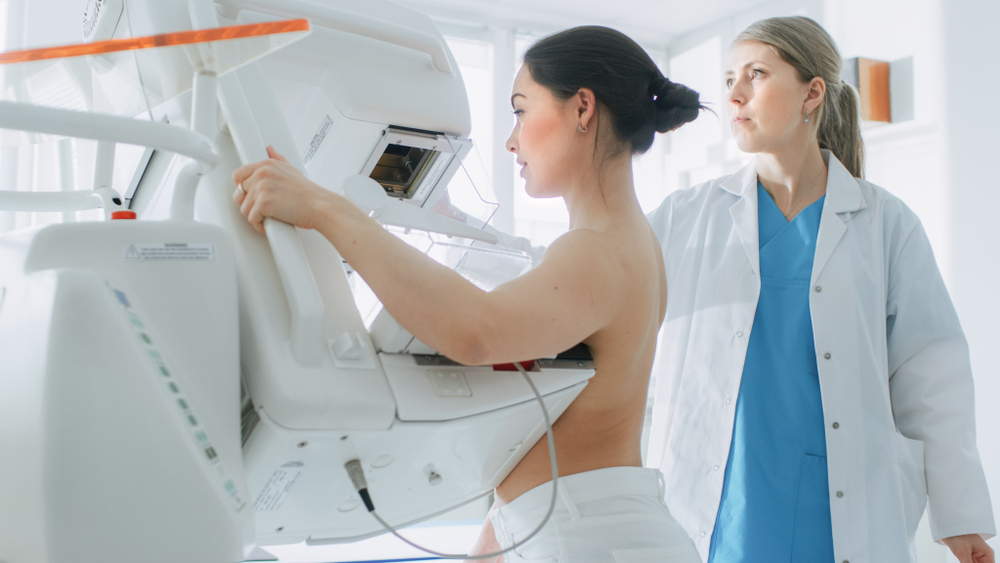
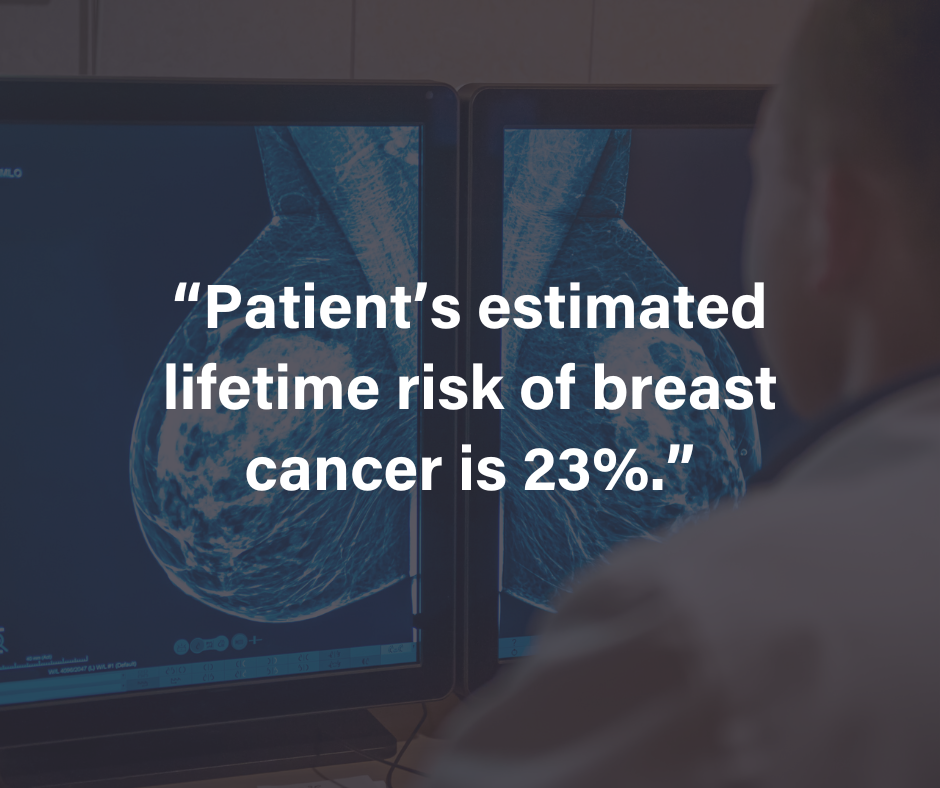
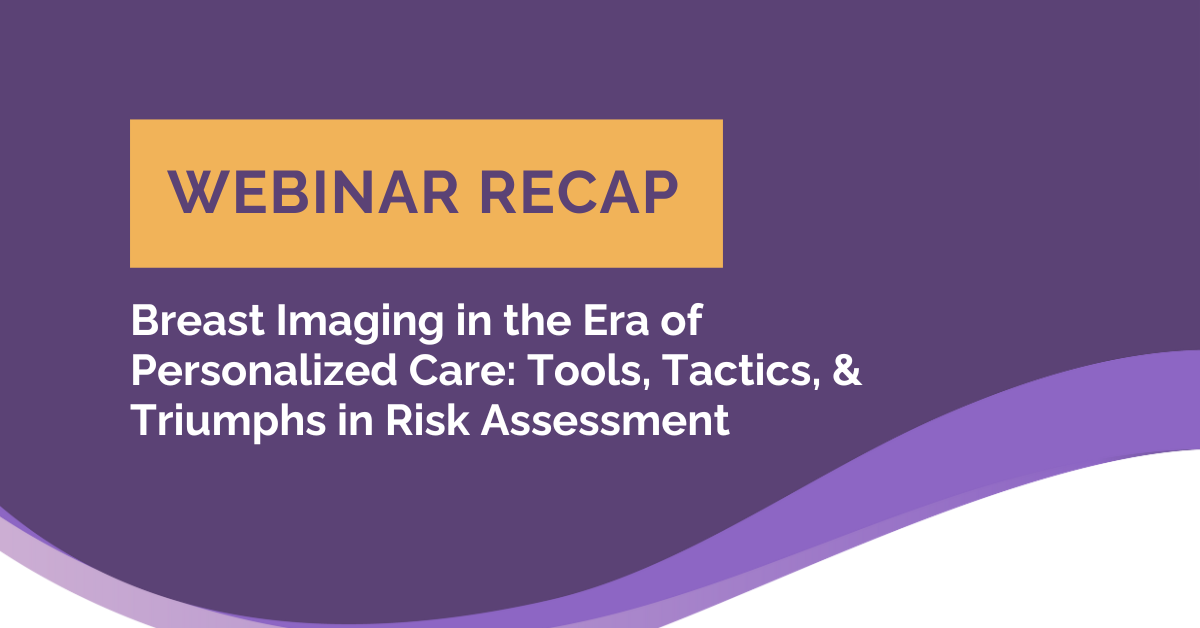
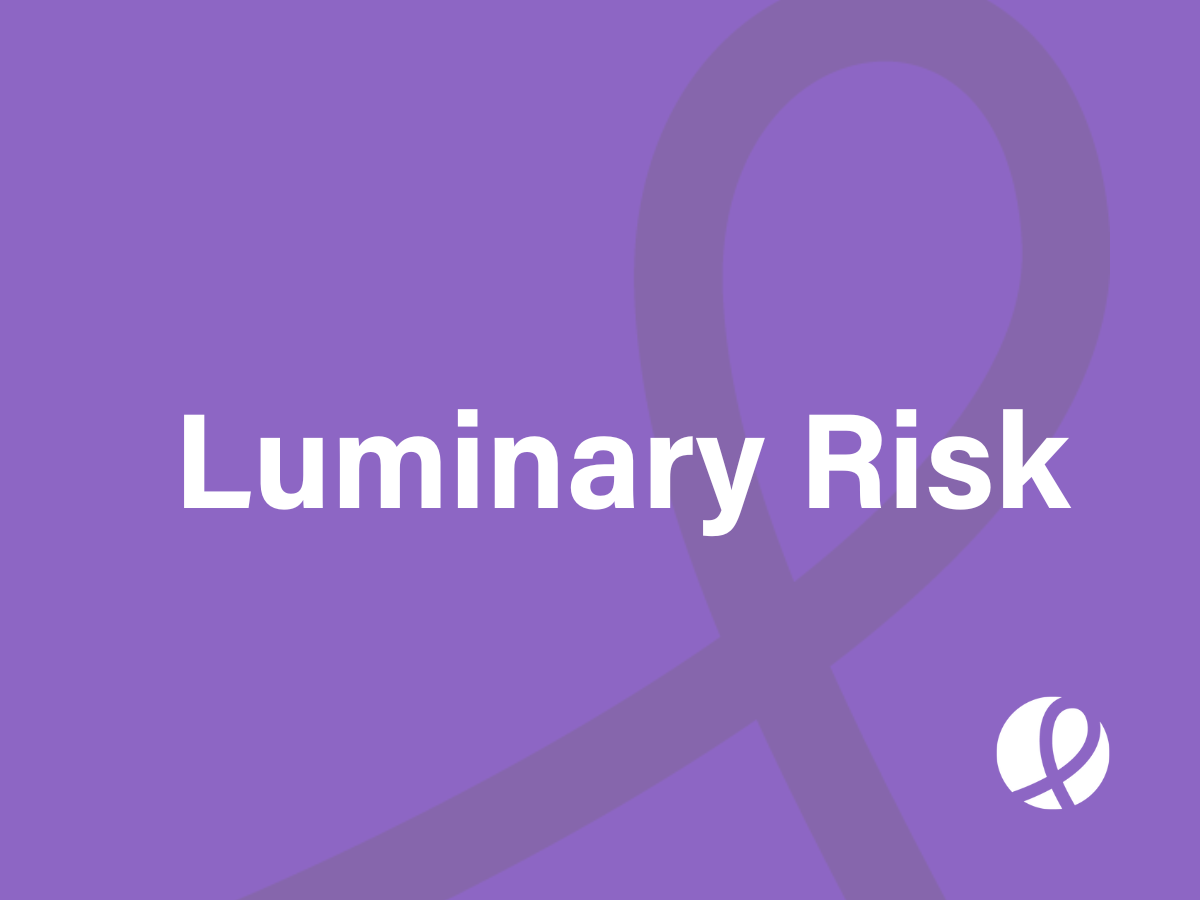





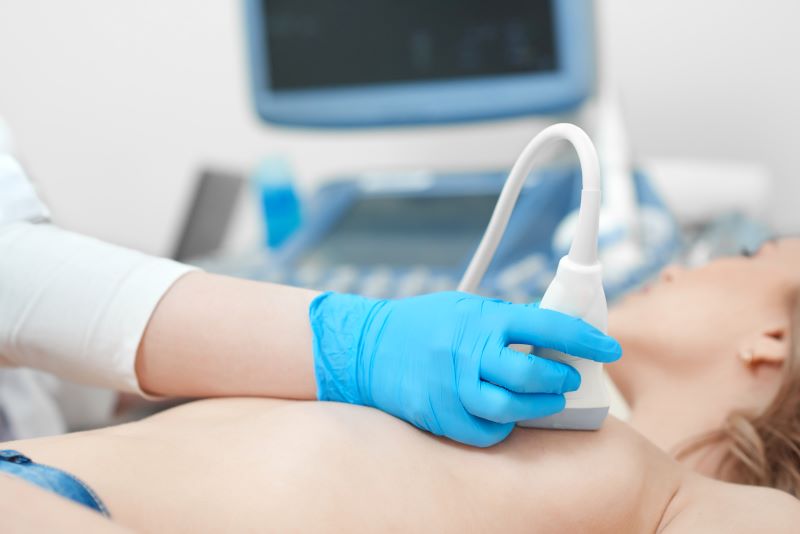
![monitoring breast density shutterstock_1299510538-[Converted]](https://magview.com/wp-content/uploads/2023/05/shutterstock_1299510538-Converted.jpg)
